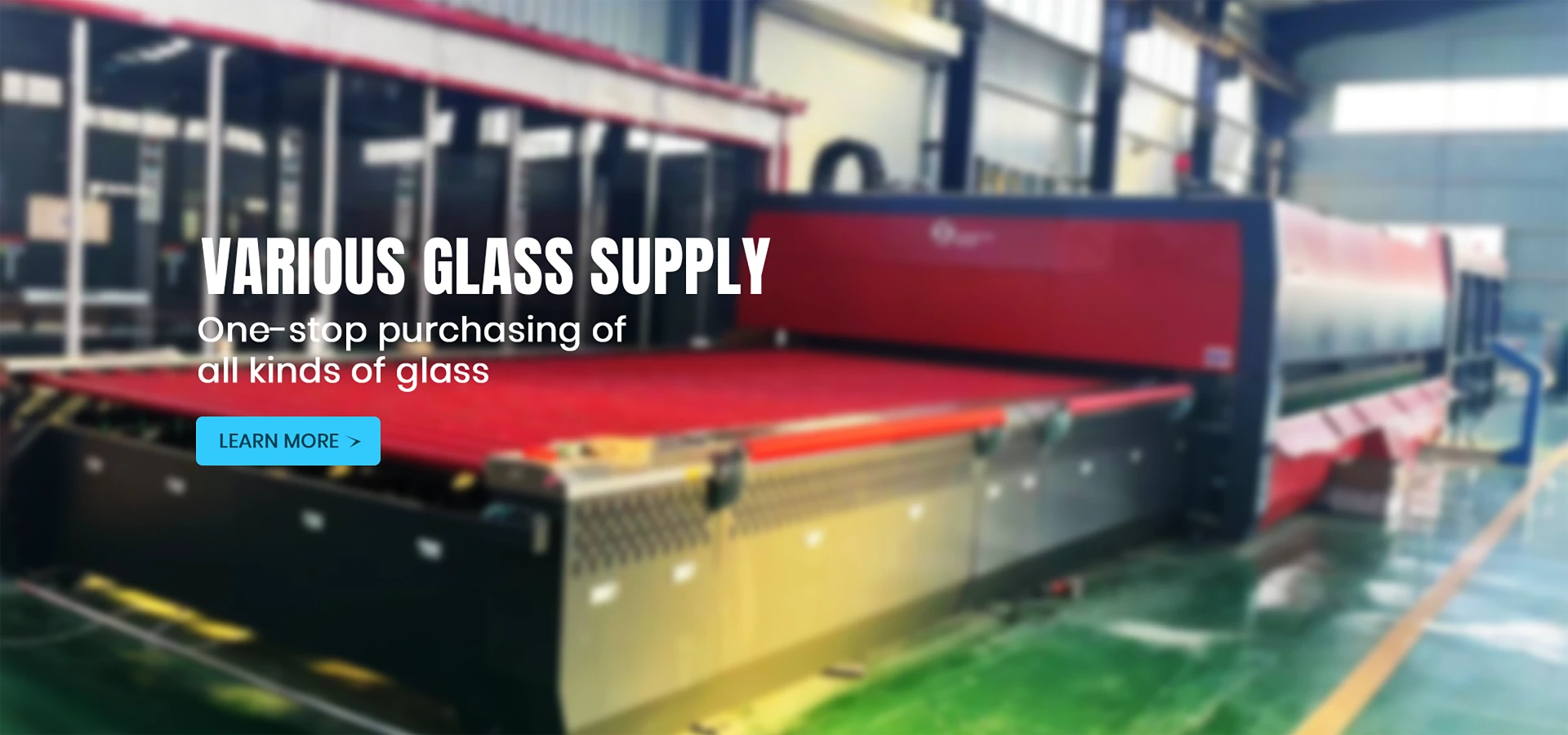The Allure of Reflective Glass Texture in Modern Design
In the realm of architecture and interior design, textures play a pivotal role in shaping the atmosphere and overall experience of a space. Among the various textures available to architects and designers, reflective glass texture stands out due to its unique capacity to blend elegance, functionality, and innovative aesthetics. This distinctive texture not only enhances visual appeal but also influences the interaction between light and the surrounding environment.
Reflective glass is characterized by its smooth, shiny surface that possesses an incredible ability to reflect natural and artificial light. This quality gives it a multifaceted role in design, ranging from enhancing luminosity within a space to creating illusions of depth and dimension. When incorporated into buildings, reflective glass façade can transform the appearance of structures, making them appear lighter, more open, and dynamically integrated into their surroundings.
One of the most common applications of reflective glass is in the construction of skyscrapers and commercial buildings. The ability of reflective glass to mirror the sky and nearby structures allows buildings to harmonize with the urban landscape. This creates a continuous dialogue between the architecture and the environment, which is particularly appreciated in bustling cityscapes. The reflective surfaces can also diminish the visual weight of tall structures, giving them an ethereal quality that fits seamlessly against the backdrop of shifting clouds and sunlight.
Beyond architectural applications, reflective glass is increasingly being employed in interior design. From office spaces to residential settings, its use can enliven a room while maintaining a sense of sophistication. For instance, reflective glass can be utilized in partition walls, shelving units, and decorative panels, elevating the aesthetic without compromising on space. The reflective properties help in maximizing natural light, creating an illusion of larger spaces, and fostering an airy ambiance that is particularly appealing in urban homes where space may be at a premium.
reflective glass texture
Moreover, the versatility of reflective glass extends to its design potential. It can be manufactured in various tints, finishes, and patterns, enabling designers to create bespoke looks that meet specific aesthetic goals. Textured reflective glass can introduce an additional layer of depth while offering a tactile experience that contrasts with its characteristically smooth surface. Subtly patterned reflective glass can evoke feelings of elegance and refinement, making it a popular choice for upscale venues such as hotels and restaurants.
In addition to its aesthetic and spatial benefits, reflective glass also plays a crucial role in sustainability. By enabling effective light management, it reduces the need for artificial lighting during the day, leading to lower energy consumption. Reflective glass can be designed with energy-efficient coatings, further enhancing its performance by minimizing heat gain while maintaining visibility. This sustainable aspect aligns perfectly with the growing trend in modern design to prioritize environmentally conscious choices.
Despite its many advantages, reflective glass does come with challenges. One of the main concerns is glare, which can affect not only the occupants of the buildings but also pedestrians and drivers in the vicinity. Designers and architects must therefore consider the orientation of the glass and its relationship with surrounding structures to mitigate these issues effectively.
In conclusion, reflective glass texture embodies the convergence of beauty and functionality in modern design. Its ability to transform spaces, harness natural light, and enhance the aesthetic appeal of structures makes it a distinctive choice for architects and designers alike. As sustainable practices continue to influence the design industry, the role of reflective glass is likely to expand, paving the way for innovative solutions that marry elegance with environmental responsibility. The allure of reflective glass lies not only in its visual charm but also in its potential to redefine the spaces we inhabit, making it an invaluable asset in the evolving landscape of design.
 Afrikaans
Afrikaans  Albanian
Albanian  Amharic
Amharic  Arabic
Arabic  Armenian
Armenian  Azerbaijani
Azerbaijani  Basque
Basque  Belarusian
Belarusian  Bengali
Bengali  Bosnian
Bosnian  Bulgarian
Bulgarian  Catalan
Catalan  Cebuano
Cebuano  Corsican
Corsican  Croatian
Croatian  Czech
Czech  Danish
Danish  Dutch
Dutch  English
English  Esperanto
Esperanto  Estonian
Estonian  Finnish
Finnish  French
French  Frisian
Frisian  Galician
Galician  Georgian
Georgian  German
German  Greek
Greek  Gujarati
Gujarati  Haitian Creole
Haitian Creole  hausa
hausa  hawaiian
hawaiian  Hebrew
Hebrew  Hindi
Hindi  Miao
Miao  Hungarian
Hungarian  Icelandic
Icelandic  igbo
igbo  Indonesian
Indonesian  irish
irish  Italian
Italian  Japanese
Japanese  Javanese
Javanese  Kannada
Kannada  kazakh
kazakh  Khmer
Khmer  Rwandese
Rwandese  Korean
Korean  Kurdish
Kurdish  Kyrgyz
Kyrgyz  Lao
Lao  Latin
Latin  Latvian
Latvian  Lithuanian
Lithuanian  Luxembourgish
Luxembourgish  Macedonian
Macedonian  Malgashi
Malgashi  Malay
Malay  Malayalam
Malayalam  Maltese
Maltese  Maori
Maori  Marathi
Marathi  Mongolian
Mongolian  Myanmar
Myanmar  Nepali
Nepali  Norwegian
Norwegian  Norwegian
Norwegian  Occitan
Occitan  Pashto
Pashto  Persian
Persian  Polish
Polish  Portuguese
Portuguese  Punjabi
Punjabi  Romanian
Romanian  Russian
Russian  Samoan
Samoan  Scottish Gaelic
Scottish Gaelic  Serbian
Serbian  Sesotho
Sesotho  Shona
Shona  Sindhi
Sindhi  Sinhala
Sinhala  Slovak
Slovak  Slovenian
Slovenian  Somali
Somali  Spanish
Spanish  Sundanese
Sundanese  Swahili
Swahili  Swedish
Swedish  Tagalog
Tagalog  Tajik
Tajik  Tamil
Tamil  Tatar
Tatar  Telugu
Telugu  Thai
Thai  Turkish
Turkish  Turkmen
Turkmen  Ukrainian
Ukrainian  Urdu
Urdu  Uighur
Uighur  Uzbek
Uzbek  Vietnamese
Vietnamese  Welsh
Welsh  Bantu
Bantu  Yiddish
Yiddish  Yoruba
Yoruba  Zulu
Zulu 

